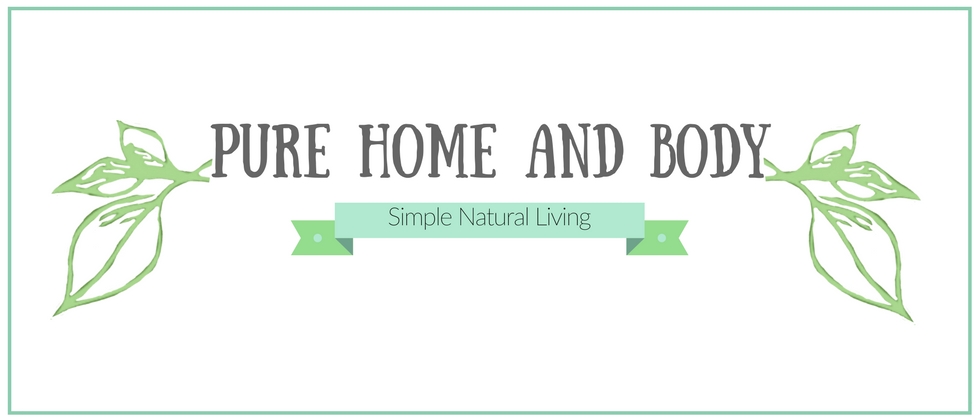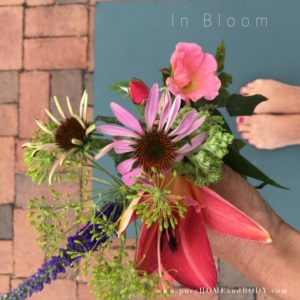 There are a lot of natural dye recipes on the internet for Easter eggs. The results can be brilliant, but the what does it really take to create them? Read on to find out some of the easiest ways to color your eggs without chemical dyes. I’ve considered vegetable dyes for a while, it’s something I’ve always wanted to do but haven’t take the time until now. I’ve experimented with natural dyes on fabrics for years and figured the eggs might not be too different. I do not like hard boiled eggs unless they are hot out of the pot. My husband and a couple of the kids will eat them cold, but we’ve had many years where we decorated the eggs with other methods and they were not eaten for weeks. The kids are a little older and I thought I’d try dyeing them again. Some friends of mine decorate the eggs on Good Friday as the start of celebrating the Easter holiday. The eggs representing the new life Jesus brought after His resurrection. If we dye eggs on Good Friday, I want it to be a time we can enjoy together as a family including devotions, not a frazzled activity to do just for the sake of doing it. If you are going to use natural dyes like these, prepare for the unexpected and some flexibility in the process. Enjoy the journey and look at it as an adventure in art and faith.
There are a lot of natural dye recipes on the internet for Easter eggs. The results can be brilliant, but the what does it really take to create them? Read on to find out some of the easiest ways to color your eggs without chemical dyes. I’ve considered vegetable dyes for a while, it’s something I’ve always wanted to do but haven’t take the time until now. I’ve experimented with natural dyes on fabrics for years and figured the eggs might not be too different. I do not like hard boiled eggs unless they are hot out of the pot. My husband and a couple of the kids will eat them cold, but we’ve had many years where we decorated the eggs with other methods and they were not eaten for weeks. The kids are a little older and I thought I’d try dyeing them again. Some friends of mine decorate the eggs on Good Friday as the start of celebrating the Easter holiday. The eggs representing the new life Jesus brought after His resurrection. If we dye eggs on Good Friday, I want it to be a time we can enjoy together as a family including devotions, not a frazzled activity to do just for the sake of doing it. If you are going to use natural dyes like these, prepare for the unexpected and some flexibility in the process. Enjoy the journey and look at it as an adventure in art and faith.
Natural dyes can be unpredictable I know this from working with textiles. My efforts in the kitchen today reinforced this with the egg dyes. I will admit, it was not easy, not for the faint of heart. Or those with impatient toddlers or young kids wanting to help. So, my kitchen was a total mess. I’ve chopped up, pureed, juiced and boiled more ingredients than if I’d made a seven course meal. I’ve put many natural dye ideas to the test. I really like to road test new recipes and crafts first if they are activities my kid’s will be doing another day. I’ve learned the hard way far too many times that it’s usually not a good idea to try an activity for the first time with the kid’s around unless it’s a tried and true one that someone else suggested. If you like surprises, you’ll probably enjoy dyeing eggs with these ingredients from your kitchen where the process will be as fun as the finished art. And of course, like anything, the more you practice the easier it becomes.
We can learn from our failures Over the years I’ve had so many failures in my attempts to live a homemade, more natural life: the whole wheat carrot cake for my oldest son’s 1st birthday that turned out as hard as a hockey puck, a homemade pinata that the kid’s couldn’t break open (or their 35 year old uncle, either, because I put on too many layers of paper mache!), I could write a book of the failures, but instead I’m writing about the successes here at Pure Home and Body to hopefully save you some time, energy and money. I know it can be discouraging (and expensive) trying new recipes and routines for natural living, but I think the efforts are worth it when you learn from your mistakes. Hold on to what has worked for you and add it to your list of new healthy habits. Over time that list will continue to grow ~
Perspective is huge so don’t be so hard on yourself. Here are some eggs I dyed with some pretty hibiscus tea, the tea was a beautiful shade of crimson. The eggs turned gray. I left them on the counter not sure what to do with them for the time being since I wasn’t going to include them in my post. One of my teenagers got home from school and said “aw cool, where did you get these?, they look like dinosaur eggs”. So, that alone gives me encouragement that my failures may not be so much a bomb as I think, especially if it’s something that engages me with my kids. Dying with natural materials is more an art, so be prepared for unexpected results, some a little more predictable than others.
Simplify All that said, I’m going to share with you my successes, failures and tips for making natural egg dyes quick and simple. Read through these first to see if you have the equipment and ingredients on hand to see if you want to include the kids in this project. Or you could do them early in the morning before everyone is awake and surprise them on Easter morning. You’ll have peace of mind knowing you prepared your eggs with natural ingredients that are good for your family and the earth. I’d also love to have you comment on methods and ingredients that have worked for you, we can all learn from each other!
Cook your eggs first, I cover the eggs in a large pan of water. Slowly heat, when the water starts to boil, cook another 7 minutes. Drain water, fill pot with cold water and add 1 tsp of vinegar for every cup of water to prepare egg shells for dye. Drain water after a few minutes, then refrigerate eggs until you are ready to dye them. Some recipes could work if you cook your eggs in the dye bath but these often require cooking times of 15-30 minutes which often results in green egg yolks.
Green was one of the most difficult colors for me to work out. I wasted a lot of plant material trying some of the ones I thought would be a sure bet: parsley, spinach and green apples all were failures for me. I tried boiling the ingredients and never got much color. I could have probably used greater quantities of plant material, but I was looking for the biggest impact with the least amount of plant material for budgeting purposes. My best color? I ended up juicing some spinach, about 1/4 cup, and adding 2 tsp vinegar. I rolled the egg in this pure juice (no water added) and ended up with a pretty, pale green. The longer you let the egg sit in the juice, the brighter the color will be. You’ll definitely want to rinse these off after dyeing. If you want more color, just submerge in the juice for 5-10 minutes more.
Pink My first attempts with hibiscus and Tazo Passion teas (2 different batches) both ended up looking like the dinosaur eggs my teenager liked. They did not turn pink like I hoped. I got the best pink results from fresh cut beets. At first I steeped some cut beets in boiling water for pink dye but the color turned out more reddish brown in a light tone. I remembered how much beets stain when they are first cut, I sliced one open and picked up a paint brush and brushed on the color. The best color came from fresh beets juice just from a slice. You could also juice the beets for a small dish of juice but I had enough juice just when I sliced it open. If you use the paint method, just rinse your egg first with some vinegar and air dry , this will help the color “stick”. I would make beet juice for larger quantities or if the kids will be “painting”.
Yellow I didn’t have to try anything other than ground Turmeric for a bright yellow. I added 1/4 teaspoon to 1 C hot water, stirred until the spices were dissolved some. Add 1 tsp vinegar and dip your eggs. The longer you let the eggs soak, the brighter the yellow will be. If you want orange, paint your yellow egg with red beet juice. Let it sit a few minutes before wiping off the extra.
Blue I used frozen, thawed blueberries in my blender to make an earthy blue color. I think that using canned blueberries might be more effective but I wanted to use what I had on hand. These also looked a little blue-gray and the color may vary depending on how ripe your berries are and what type of blueberry it is. Have you had luck dying eggs with blueberries? I tried grape juice which resulted in more of a gray egg. I don’t think I’ll be using that in the future unless I need more dinosaur eggs :).
Purple I thought the blueberries would give a blue/purple color but it was more blue/gray. The first recipe I tried was with boiling cabbage with the eggs. I added a lot of cabbage, almost 2 cups to 1 1/2 cups of water and the color turned the eggs gray. I had the most success making juice with the raw red cabbage. This dye was my favorite, next to the beet and turmeric and turned the egg a pretty purple. I let the egg sit in place for a few minutes and moved them slightly so the colors got more variegated than if they were just covered completely.
I arranged my eggs in a natural basket topped with some cotton curling ribbon from Cream City Ribbon. These beautiful cotton ribbons are made in the USA and they are compostable and biodegradable! They’re the perfect finish for your baskets of naturally dyed eggs. Want some more inspiration for natural vegetable dyes? Sara Kate has a nice article on dyeing eggs red with onion skins. She adds a nice touch by rubbing the eggs with oil after dyeing to bring out the color. I dyed white eggs for this article, you can experiment with brown eggs to get even more varied hues.
Want some more inspiration for natural vegetable dyes? Sara Kate has a nice article on dyeing eggs red with onion skins. She adds a nice touch by rubbing the eggs with oil after dyeing to bring out the color. I dyed white eggs for this article, you can experiment with brown eggs to get even more varied hues.
Do you have any Easter or Spring traditions that involve eggs? Please share, I’d love to hear from you!













No comments yet.